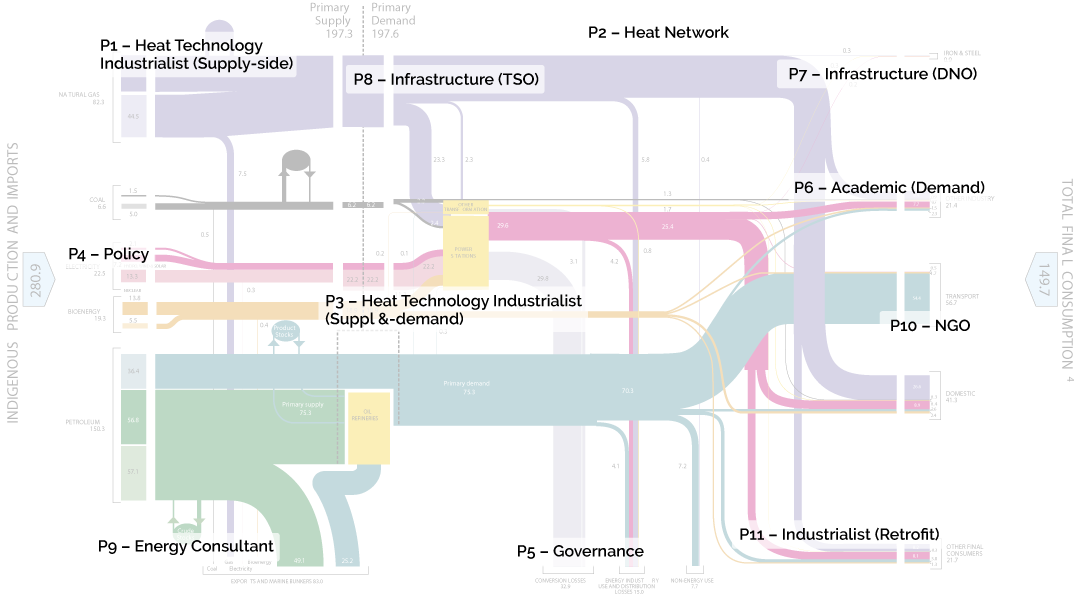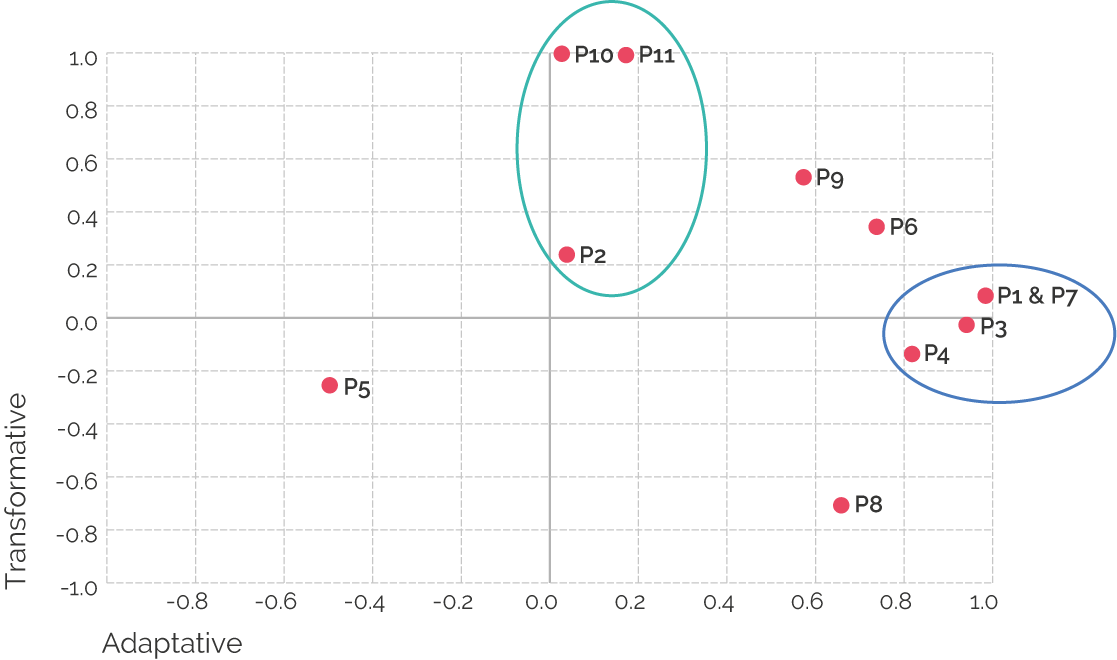Lai Fong Chiu and Robert Lowe
Abstract
It is a truism that whole energy system models underpin the development of policies for energy system decarbonisation. However, recent reviews have thrown doubt on the appropriateness of such models for addressing the multiple goals for future energy systems, in the face of emergent real-world complexity and the evolution of stakeholder’s priorities. Without an understanding of the changing priorities of policy makers and expectations of stakeholders for future systems, system objectives and constraints are likely to be ill-defined, and there is a risk that models may be inadvertently instrumentalised. Adopting a system architecture perspective, the authors have undertaken a three-year programme of research to explore strategies for decarbonising heat in the UK, with interaction with and elicitation of needs from stakeholders at its heart. This paper presents the procedure, methods, and results of an exercise in which experts from stakeholder organisations across the energy system were interviewed. Analysis of interview data reveals two broad approaches to heat decarbonisation which can be defined as either adaptive or transformative. Specific insights gained from these interviews enabled our modelling teams to refocus their work for exploration with a wider circle of stakeholders. Results suggests that this iterative approach to formalising model-policy interaction could improve the transparency and legitimacy of modelling and enhance its impact on policy making.


Publication details
Chiu, L.F. and Lowe, R.J. 2022. Eliciting stakeholders’ requirements of future energy systems: a case study of heat decarbonisation in the UK. Energies, 15: 7248. doi: 10.3390/en15197248Opens in a new tab Open access
Banner photo credit: Alireza Attari on Unsplash
